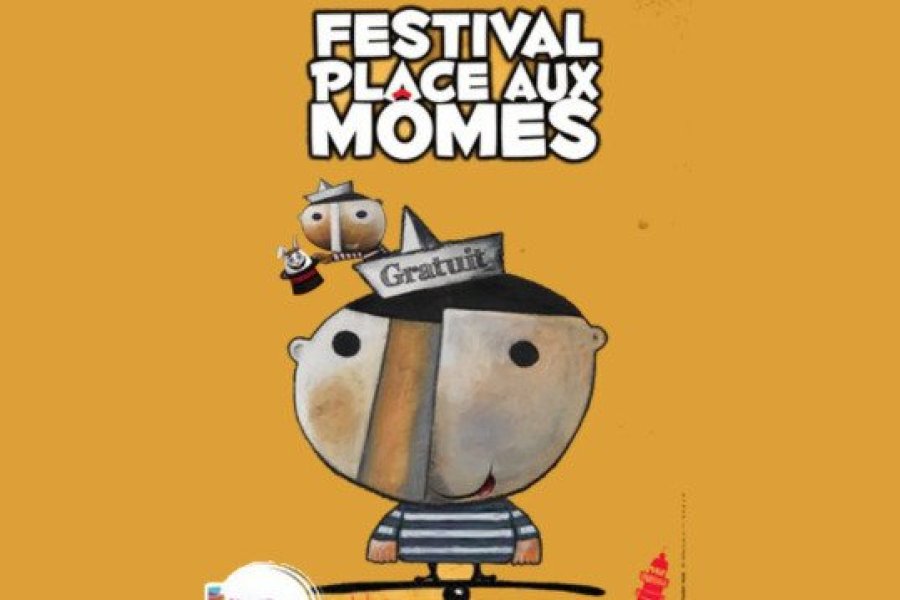The Sept-Iles archipelago stretches along the Pink Granite coast, 4 km off Perros-Guirec. Nicknamed les Gentilles(Ar Gentiles in Breton), their submerged surface area is 40 ha at high tide, for a maritime area of 280 ha. The archipelago comprises 7 main islands, surrounded by numerous islets. Bono, the largest, lies at the center. A corridor dolmen dating from around 3800 BC sits atop the island. Next door, Ile aux Moines, the only one open to the public, owes its name to the Cordeliers brothers who settled there in the 14thand 15th centuries. In 1740, a Vauban-style fort was built here to combat smuggling, and soldiers occupied it until 1889. The lighthouse, built in 1835, was blown up in August 1944 and rebuilt in 1952. Automated in 2001, it was the last manned lighthouse at sea in the Côtes-d'Armor region until it was decommissioned in 2007. To the north-west of Ile aux Moines lies Ile Plate, further north Les Costans and to the south-west Ile du Cerf. Malban lies halfway between the Bono and Rouzic islands, far to the east.France's largest seabird reserve, the archipelago was the1st area to be placed under protection, back in 1912, on the initiative of the League for the Protection of Birds (LPO). At the time, puffins were being massacred by hunters, and the association was born of the fight against this practice, which has since been banned. Today, the LPO continues to watch over the Sept-Iles, which was classified as a national reserve in 1976.This haven attracts a dozen species of seabird: crested cormorant, razorbill, guillemot, shearwater, northern fulmar, storm-petrel and various types of gull and tern. The Sept-Iles are also home to 2 colonies that are unique in mainland France: 150 to 180 pairs of puffins, which nest here from mid-March to mid-July, and some 20,000 pairs of gannets, present at Rouzic from January to October. Their concentration is such that they form a white patch, clearly visible from the coast. Their panic fear of land drives them to nest in close ranks, males and females taking it in turns to brood, while the other goes offshore to find food for the family. This task is becoming increasingly difficult due to overfishing, which complicates the reproduction of Europe's largest seabird. The Sept-Iles is also home to one of Brittany's two colonies of grey seals, numbering some forty individuals. The flora is not to be outdone, with some 160 plant species recorded between the foreshore and the sea bed, rich in seaweed. A remarkable forest of kelp, long brown seaweed, surrounds a large part of the archipelago. To learn more about the biodiversity of the Sept-Iles, don't miss a visit to the LPO station in Pleumeur-Bodou, which includes a care center for wild animals, specializing in seabirds.The site is protected and access is strictly regulated. Several companies also offer boat excursions from Perros-Guirec: Armor Navigation's speedboats, the old rigs Ar Jentilez and Sant C'hireg or the modern schooner Fillao will take you close to the islands and help you discover their treasures.


